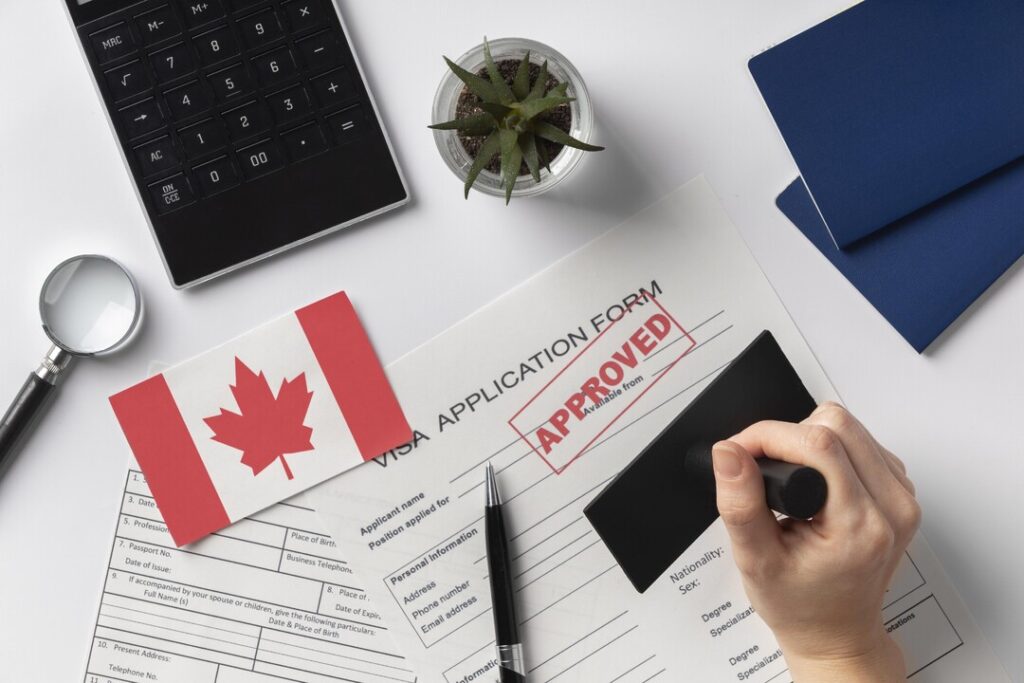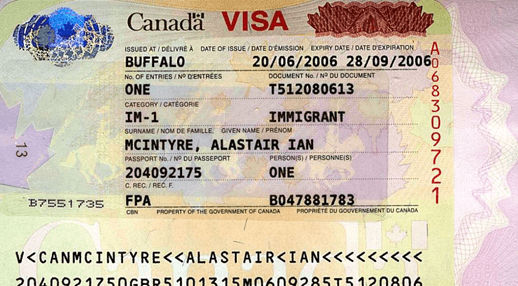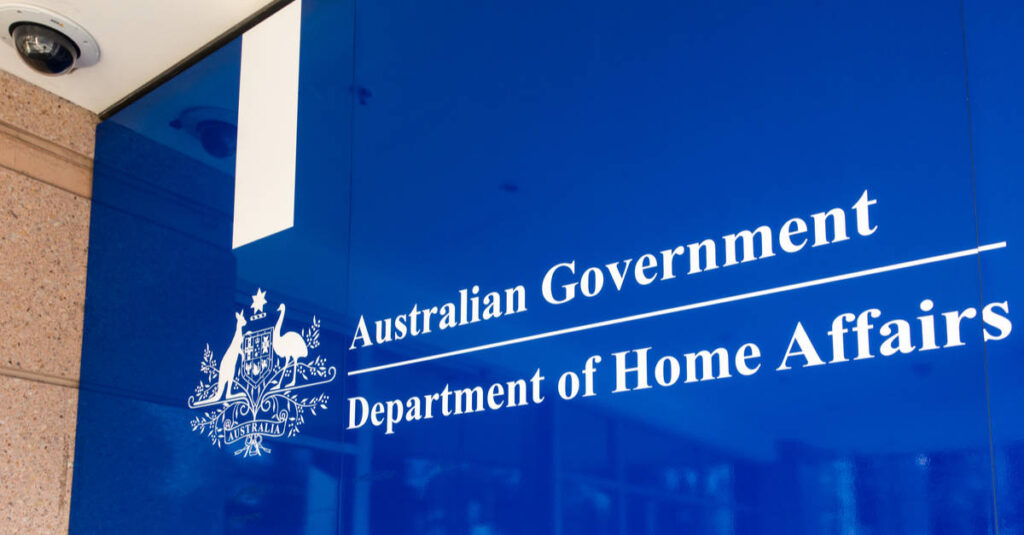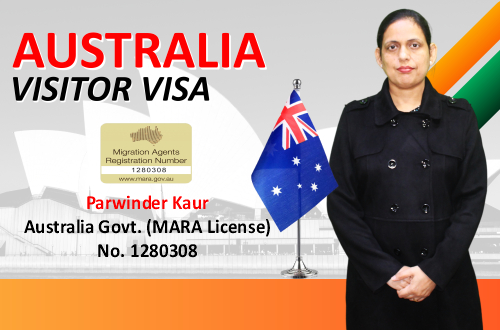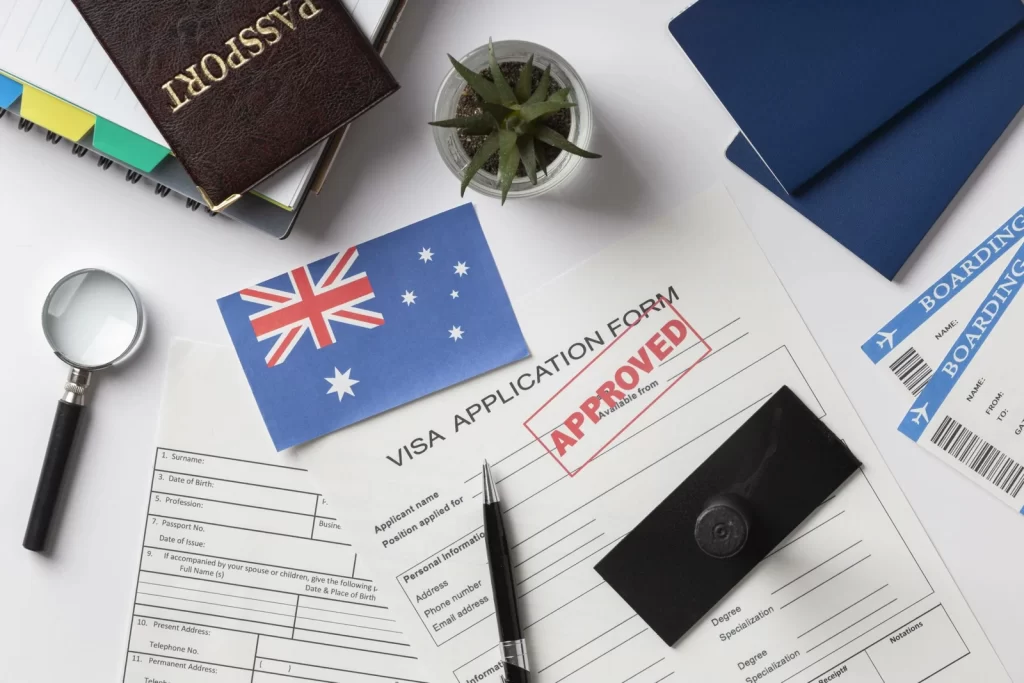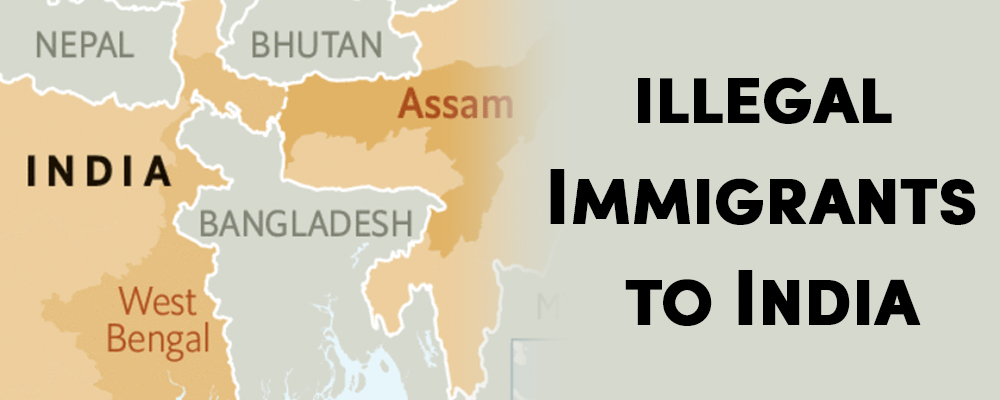How Do I Address A Letter To Immigration Canada?
How Do I Address a Letter to Immigration Canada?
When communicating with Immigration, Refugees and Citizenship Canada (IRCC), it is essential to understand the proper way to address your correspondence. This ensures that your letter reaches the appropriate department and is processed efficiently. Whether you are submitting an application, making an inquiry, or providing additional information, following the correct format is crucial.
Understanding IRCC
IRCC is the Canadian government department responsible for immigration, refugee protection, and citizenship. It manages various immigration programs and processes applications from individuals seeking to enter Canada. Given the volume of applications and inquiries IRCC handles, clear and precise communication is vital.
Components of a Letter to IRCC
When addressing a letter to IRCC, several components should be included to ensure clarity and professionalism. These components include:
- Your Contact Information: Include your name, address, phone number, and email address at the top of the letter. This information allows IRCC to contact you if necessary.
- Date: Write the date on which you are sending the letter. This is important for record-keeping and processing timelines.
- Recipient’s Address: The address of the specific IRCC office you are contacting should be included below the date. This ensures that your letter is directed to the correct department.
- Subject Line: A brief subject line summarizing the purpose of your letter can help the recipient understand the context quickly.
- Salutation: Use a formal greeting, such as “Dear Sir/Madam” or “To Whom It May Concern,” if you do not have a specific contact person.
- Body of the Letter: Clearly state the purpose of your letter in a concise and organized manner. Use paragraphs to separate different points or topics.
- Closing: End your letter with a formal closing, such as “Sincerely” or “Best regards,” followed by your signature (if sending a hard copy) and your printed name.
- Attachments: If you are including any documents, mention them at the end of the letter and ensure they are properly labeled.
Important Considerations
- Use Formal Language: When addressing IRCC, maintain a formal tone throughout your letter. Avoid using slang or overly casual language.
- Be Concise: Clearly state your purpose and avoid unnecessary details. IRCC handles a high volume of correspondence, so brevity is appreciated.
- Proofread: Before sending your letter, check for spelling and grammatical errors. A well-written letter reflects professionalism and attention to detail.
- Follow Up: If you do not receive a response within a reasonable timeframe, consider following up with IRCC to ensure your inquiry has been addressed.
Where to Send Your Letter
The address to send your letter will depend on the nature of your correspondence. Here are some common addresses for different types of inquiries:
- General Inquiries:
Immigration, Refugees and Citizenship Canada
365 Laurier Avenue West
Ottawa, ON K1A 1L1
Canada - Permanent Residency Applications:
The address may vary based on the specific program. Refer to the IRCC website for the correct mailing address based on your application type. - Citizenship Applications:
Citizenship and Immigration Canada
1010-2001 Robert-Bourassa Blvd
Montreal, QC H3A 3N2
Canada - Refugee Protection Claims:
Refugee Protection Division
Immigration and Refugee Board of Canada
344 Slater Street, 10th Floor
Ottawa, ON K1A 1L1
Canada
Conclusion
Addressing a letter to Immigration Canada requires attention to detail and adherence to formal communication standards. By following the outlined format and including all necessary components, you can ensure your correspondence is clear and reaches the appropriate department. Whether you are inquiring about your application status or providing additional information, effective communication is key to navigating the immigration process successfully.
Frequently Asked Questions
1. How should I address my letter to IRCC?
Address your letter to “Immigration, Refugees and Citizenship Canada” followed by the specific office address based on your inquiry.
2. What information should I include in my letter?
Include your contact information, the date, the recipient’s address, a subject line, a formal salutation, the body of the letter, a closing, and any attachments.
3. Can I send my letter by email?
IRCC primarily accepts letters by mail. For specific inquiries, check if there are email options available on the IRCC website.
4. How long does it take for IRCC to respond to letters?
Response times can vary. It is advisable to wait at least 30 days before following up if you have not received a response.
5. What if I need to send additional documents?
Mention any additional documents in your letter and ensure they are properly labeled and included with your correspondence.
6. Is there a specific format I should follow?
Yes, follow a formal letter format, including all necessary components such as your contact information, date, recipient’s address, and a clear subject line.
7. Can I use a template for my letter?
Yes, using a template can help ensure you include all necessary information and maintain a professional tone.
8. What if I don’t have a specific contact person at IRCC?
Use a general salutation like “Dear Sir/Madam” or “To Whom It May Concern” if you do not have a specific contact.
9. Should I keep a copy of my letter?
Yes, always keep a copy of your letter and any attachments for your records.
10. Where can I find more information on addressing letters to IRCC?
You can find more information on the IRCC website, which provides guidance on communication and application processes.
External Links
| Link | Description |
|---|---|
| IRCC Help Centre | Official help center for Immigration, Refugees and Citizenship Canada, providing resources and guidance for applicants. |
 Skip to content
Skip to content

